Audi has revealed the third in a series of concept cars dedicated to the future of mobility, this time with a focus on urban transportation in China.
The Audi Urbansphere concept was built with the country's traffic-packed megacities, imagining a future where the vehicle can fill the gap of providing personal space where it's lacking. This is the third "sphere" concept. The company showcased its Skysphere and Grandsphere concepts last year.
In a press release, Audi chairman Markus Duesmann said that engineers and designers built a van to exemplify the wants of its Chinese customer base.
"To make e-mobility even more attractive, we think about it holistically and from the customer's needs," Duesmann said. "More than ever before, it is not just the product that is decisive, but the entire ecosystem. That is why Audi is creating a comprehensive ecosystem with services for the entire car. The Audi urbansphere concept also offers everyone onboard a wide range of options to use that freedom to provide a highly-personalized in-car experience: communication or relaxation, work or withdrawal into a private sphere as desired."
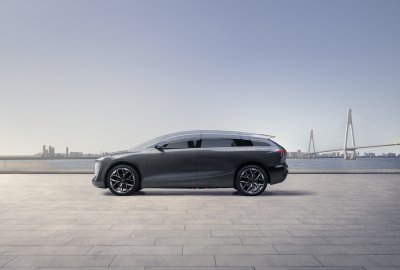

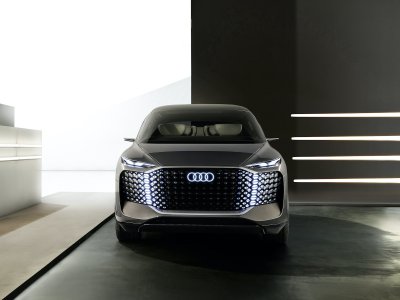





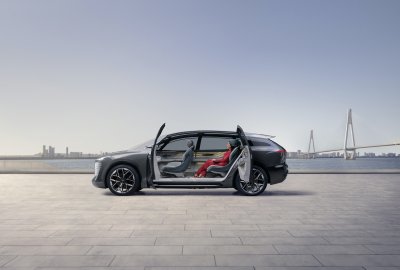
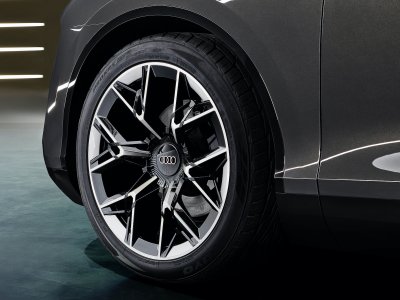

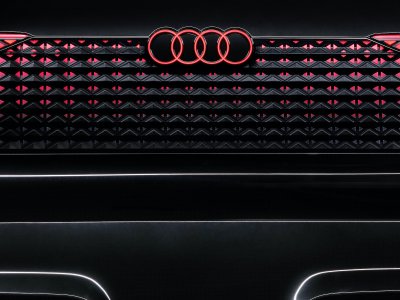

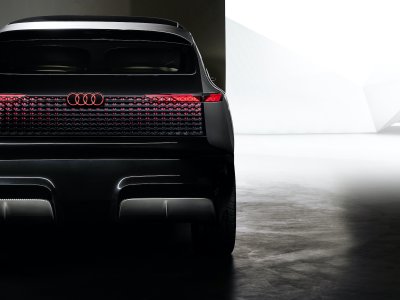

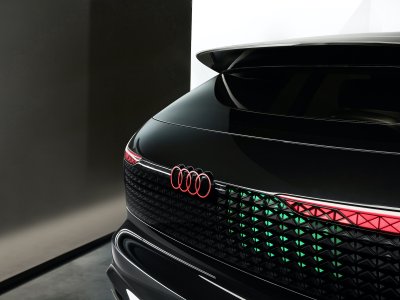



On the outside, the Urbansphere takes the shape of a futuristic minivan. A black grille with a hexagonal pattern takes up most of the front, while lines along the sides trend upward. The sloping tail of the roof adds to the car's aerodynamic efficiency.
Robby Degraff, an analyst at AutoPacific, told Newsweek that grilles are becoming a canvas for automakers as EVs become more popular, saying it's likely that the "pixelated" design of the Urbansphere's grille will probably see production.
"By not needing as much open functional space for cooling like that required of an [internal combustion engine] vehicle, automakers really have a blank canvas and opportunity to play and tweak with the front faces of EVs, adding exclusive texturing that even includes clean creative integration of daytime running lights, turn signals, etc.," he said.
Making a van for the Chinese market is also a shrewd move. While the segment is known for family-focused vehicles in the U.S., it's a different story in Asia.





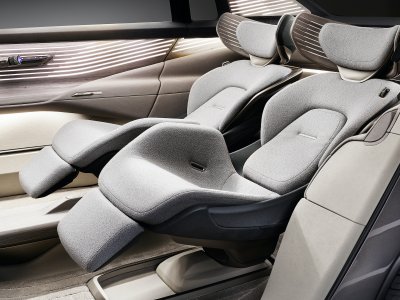



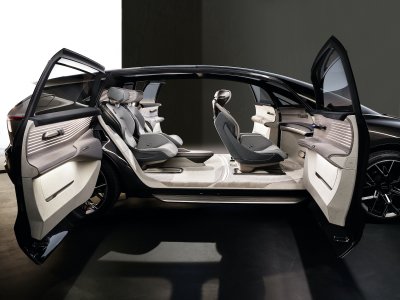
"Markets like China, Korea, and Japan are buzzing for sumptuous, dazzling, tech-filled vans that often serve their duty shuttling around executives and other VIPs," he explained. "That appears to be the intention Audi is aiming for here with this concept, splitting the task of designing the Urbansphere directly with its team in Beijing."
A production version of the Urbansphere is likely due out in the next few years for the Asian market.
Powering the concept is a 120 kilowatt-hour battery and two electric motors. That pair works to put out about 295 horsepower and 508 pound-feet of torque.
The company estimates that the car has a range of 466 miles. Using an 800-volt architecture, Audi says that the car can charge from 5 percent to 85 percent in under 25 minutes.
Audi says that its adaptive air suspension with semi-active damper control makes for a smooth ride whether on bumpy downtown streets or smooth highways.
In each of the sphere concepts Audi has paid a great deal of attention to the interior. There's no B-pillar in the car, as the doors are counter-hinged. As the doors open, a red carpet is projected onto the ground.
Swiveling seats allow passengers to turn and face each other to talk. Conversely, a privacy screen on the headrest can give a passenger seclusion from the person sitting next to them.
Degraff notes that as automakers introduce concepts to turn cabins into living spaces or lounges, many of those ideas will be incorporated into production models of electric vehicles. Doing so gives passengers a comforting space during charging times.
"We're still years away from charging times that take as little as five minutes like you would at a gas pump, so the cabin of an EV needs to be a space that allows one to recline their seat back and deploy a center console to read a book or prop up a laptop and wait comfortably without ever leaving the vehicle," he said.
Surfaces are lined with wood, wool and synthetic fabrics.
At the front, displays are projected in place of a traditional dashboard. The configuration of those displays changes based on driving mode. Drivers and passengers can control and make adjustments to these displays with a combination of eye tracking, hand gestures and touch controls.
Some surfaces in the front and rear can be illuminated in different colors, which can adapt to traffic situations, the environment, or passenger mood.
Audi says that the van was designed around the idea of future autonomous technology, which would take away the need for a steering wheel or pedals.
Uncommon Knowledge
Newsweek is committed to challenging conventional wisdom and finding connections in the search for common ground.
Newsweek is committed to challenging conventional wisdom and finding connections in the search for common ground.





